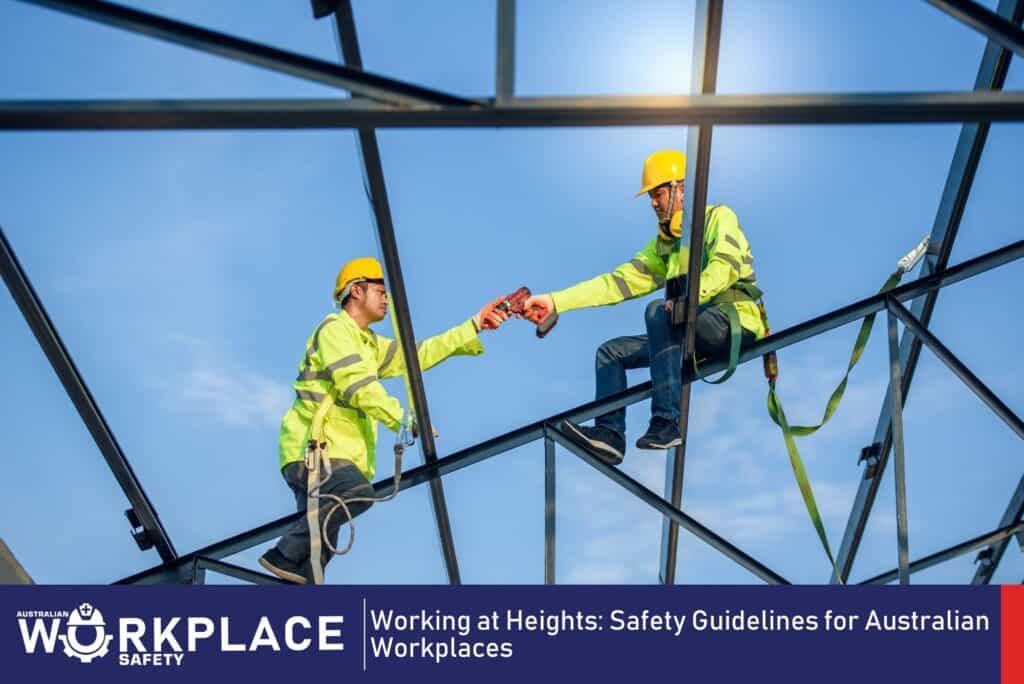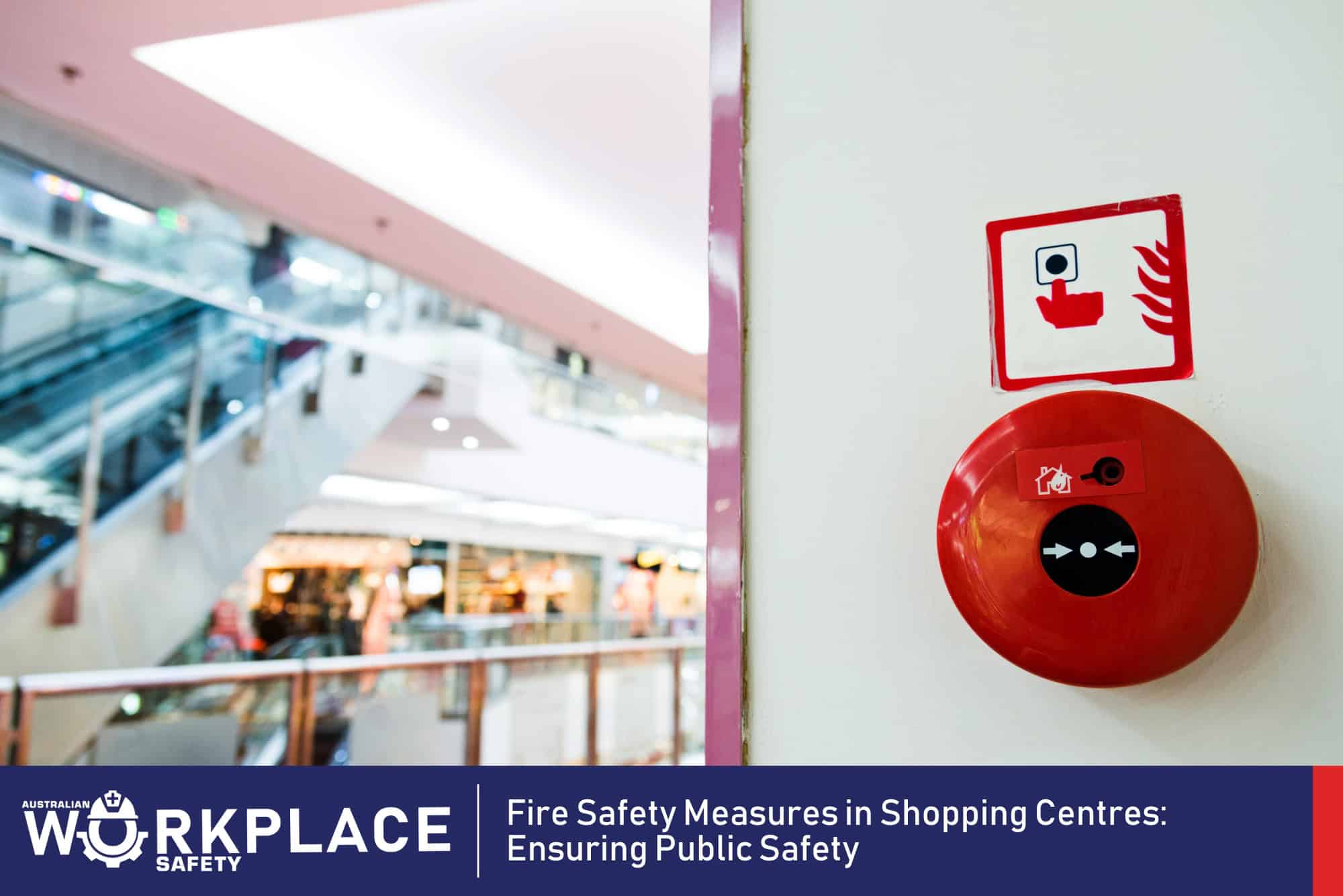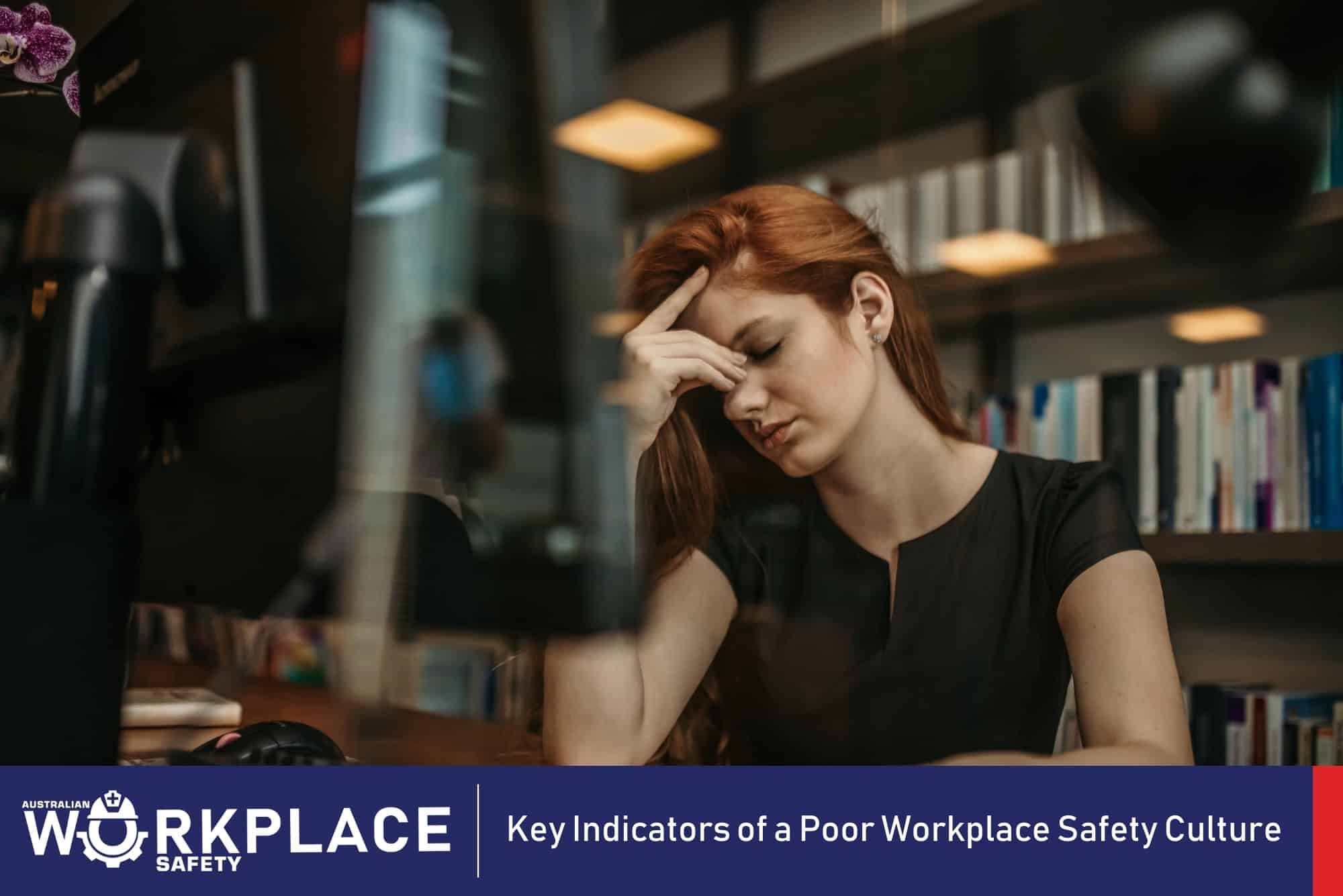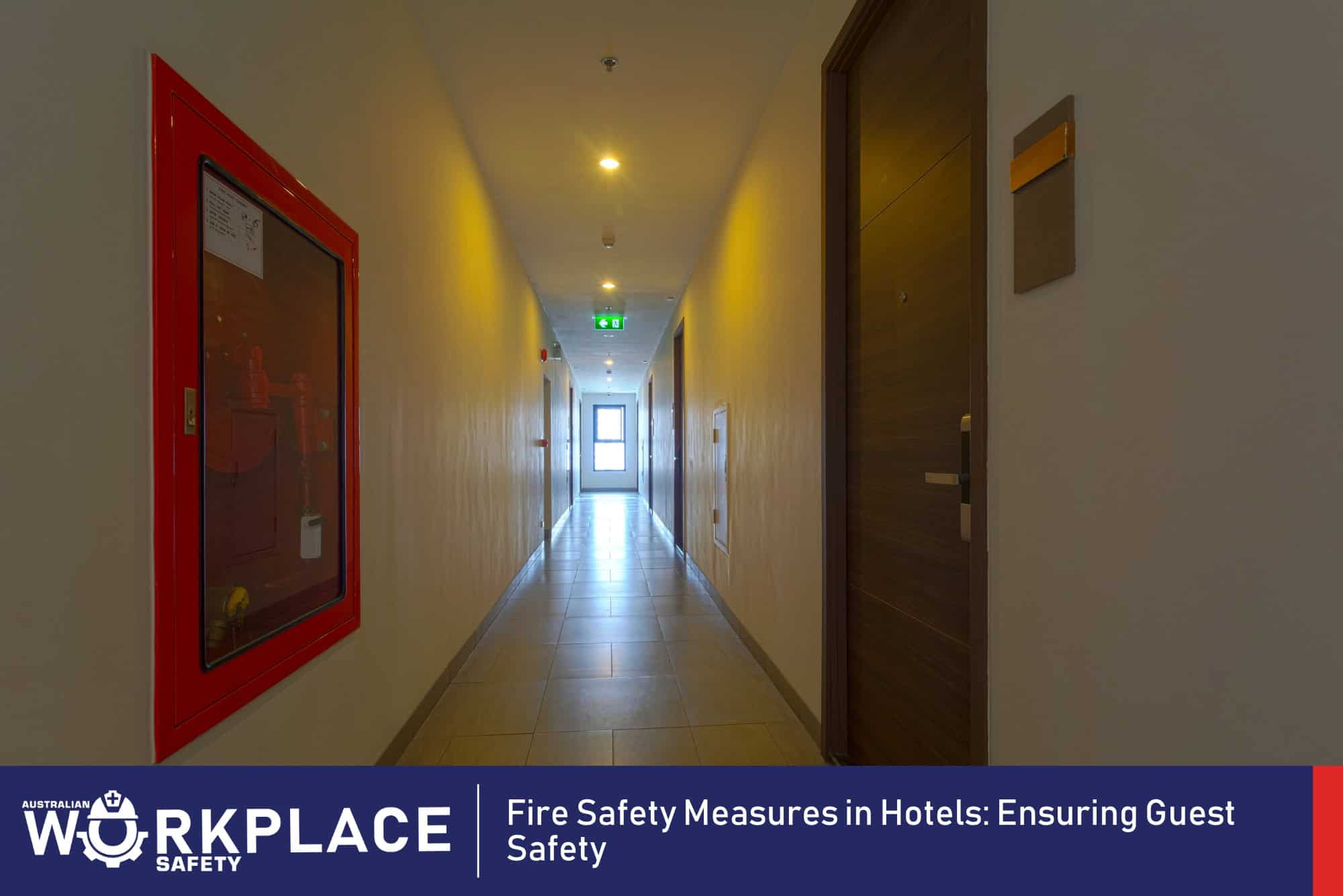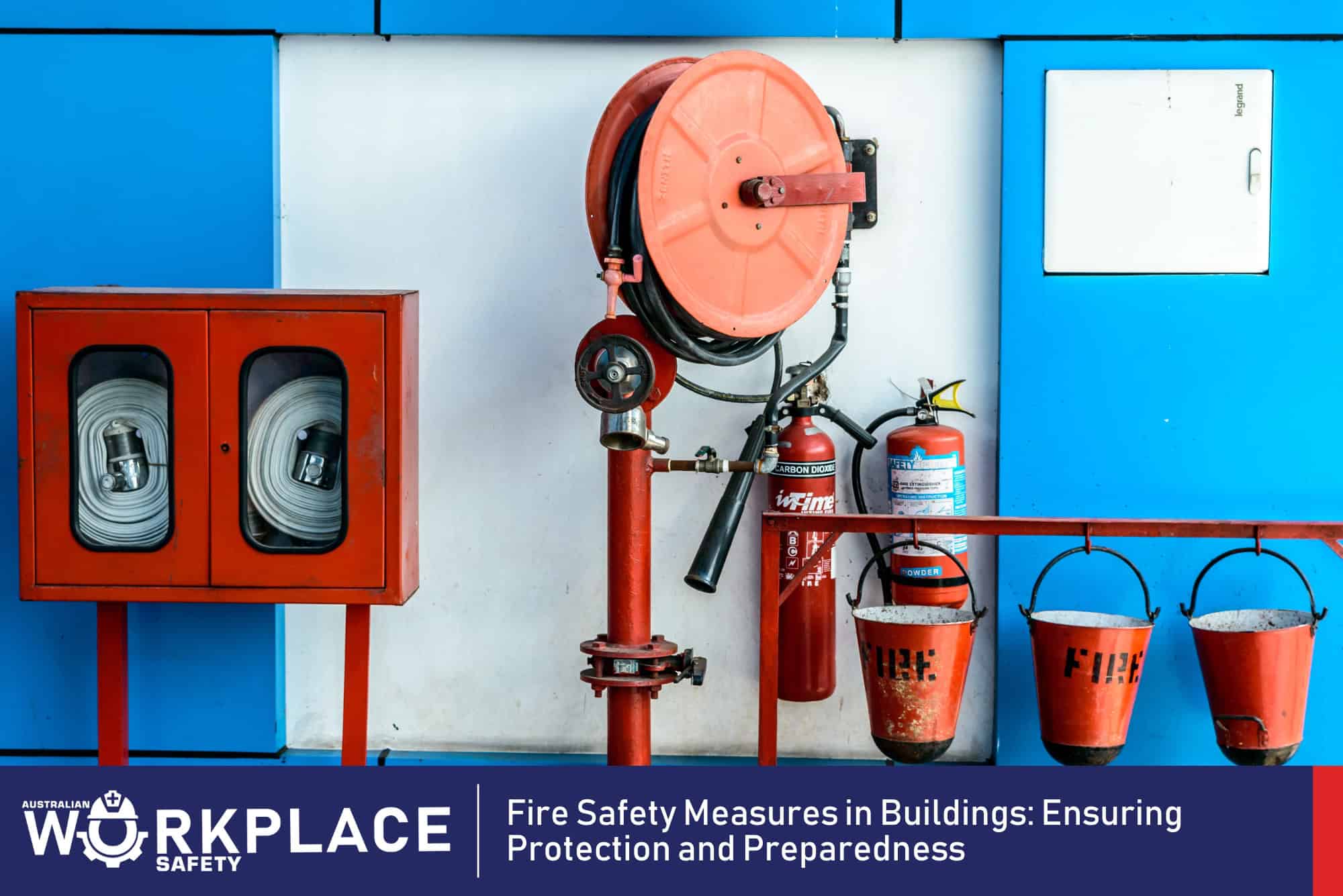In the vast landscape of Australian workplaces, the necessity of working at heights is undeniable. From construction sites and maintenance activities to telecommunications installations and window cleaning, various industries require employees to work at elevated positions. While these tasks are essential for numerous operations, they also come with inherent risks. Ensuring the safety of workers engaged in tasks at heights is paramount, and adherence to strict safety guidelines is crucial to prevent accidents and safeguard lives. This article delves into the key safety guidelines and best practices for working at heights in Australian workplaces.
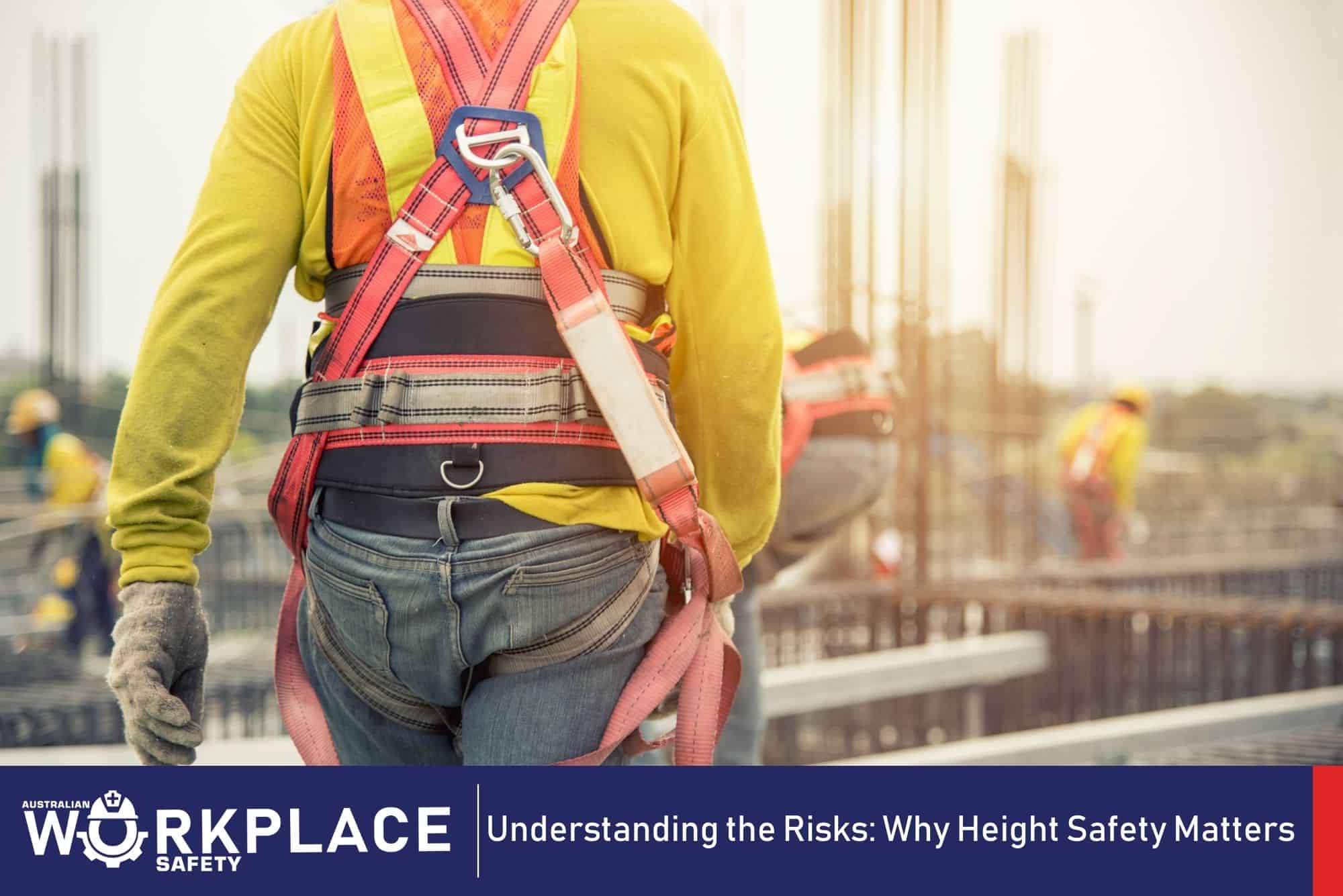
Understanding the Risks: Why Height Safety Matters
Working at heights poses significant risks, and the potential consequences of accidents are severe. Falls from elevated positions are a leading cause of workplace injuries and fatalities across Australia. The vulnerability of workers at heights highlights the importance of a comprehensive approach to safety. Whether it’s a towering construction site or a modest residential project, all work environments demand rigorous adherence to height safety protocols.
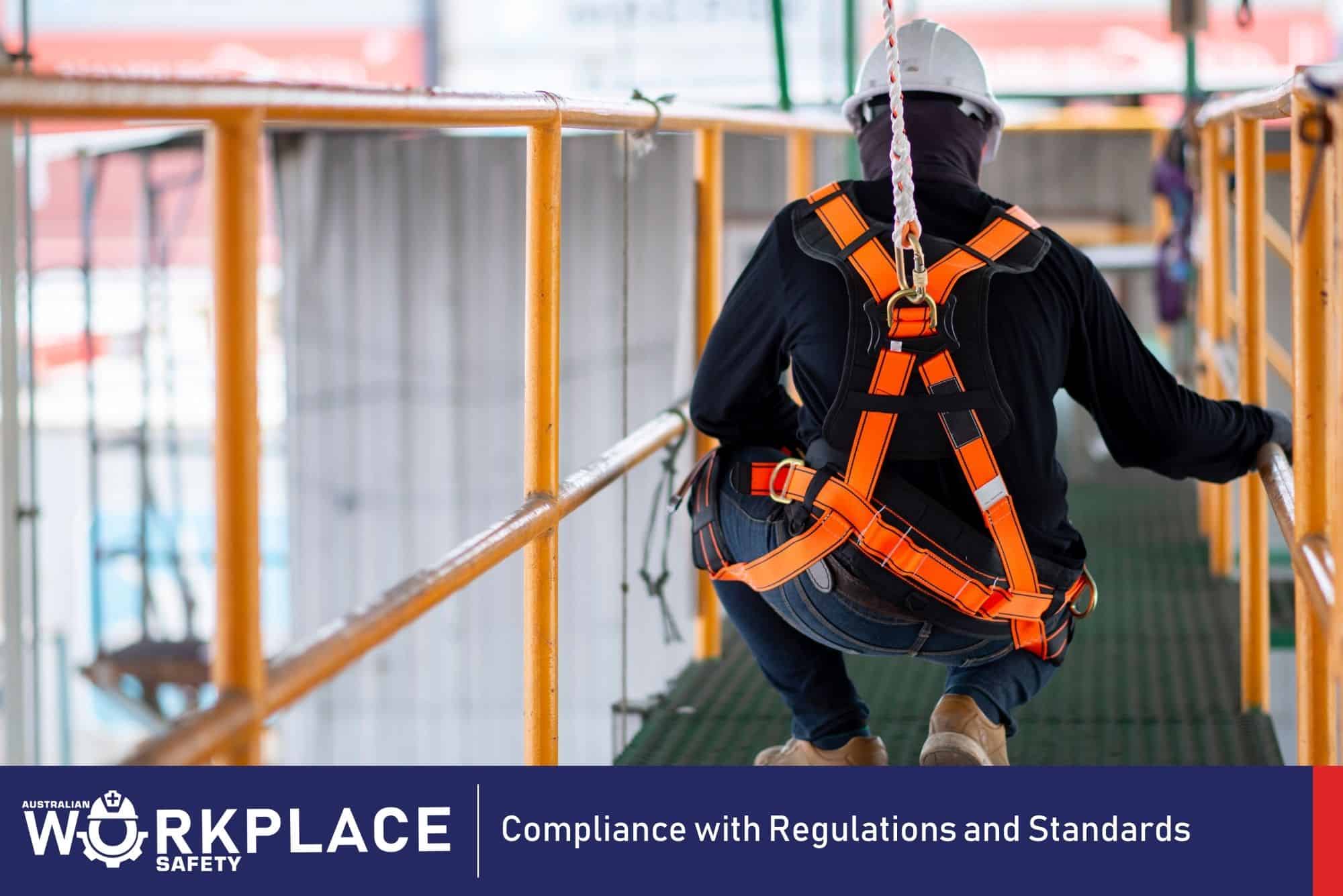
Compliance with Regulations and Standards
Australian workplaces are governed by stringent regulations and standards aimed at height safety. The primary legislation addressing working at heights is the Work Health and Safety Act 2011, which places a legal obligation on employers to ensure the health and safety of their workers. Additionally, the Work Health and Safety Regulations 2011 provide detailed requirements for managing risks associated with working at heights.
Employers must conduct thorough risk assessments before commencing any work at heights. This assessment helps identify potential hazards, evaluate the degree of risk, and determine appropriate control measures. Factors such as the nature of the task, the equipment to be used, and the experience of the workers play a crucial role in this evaluation.
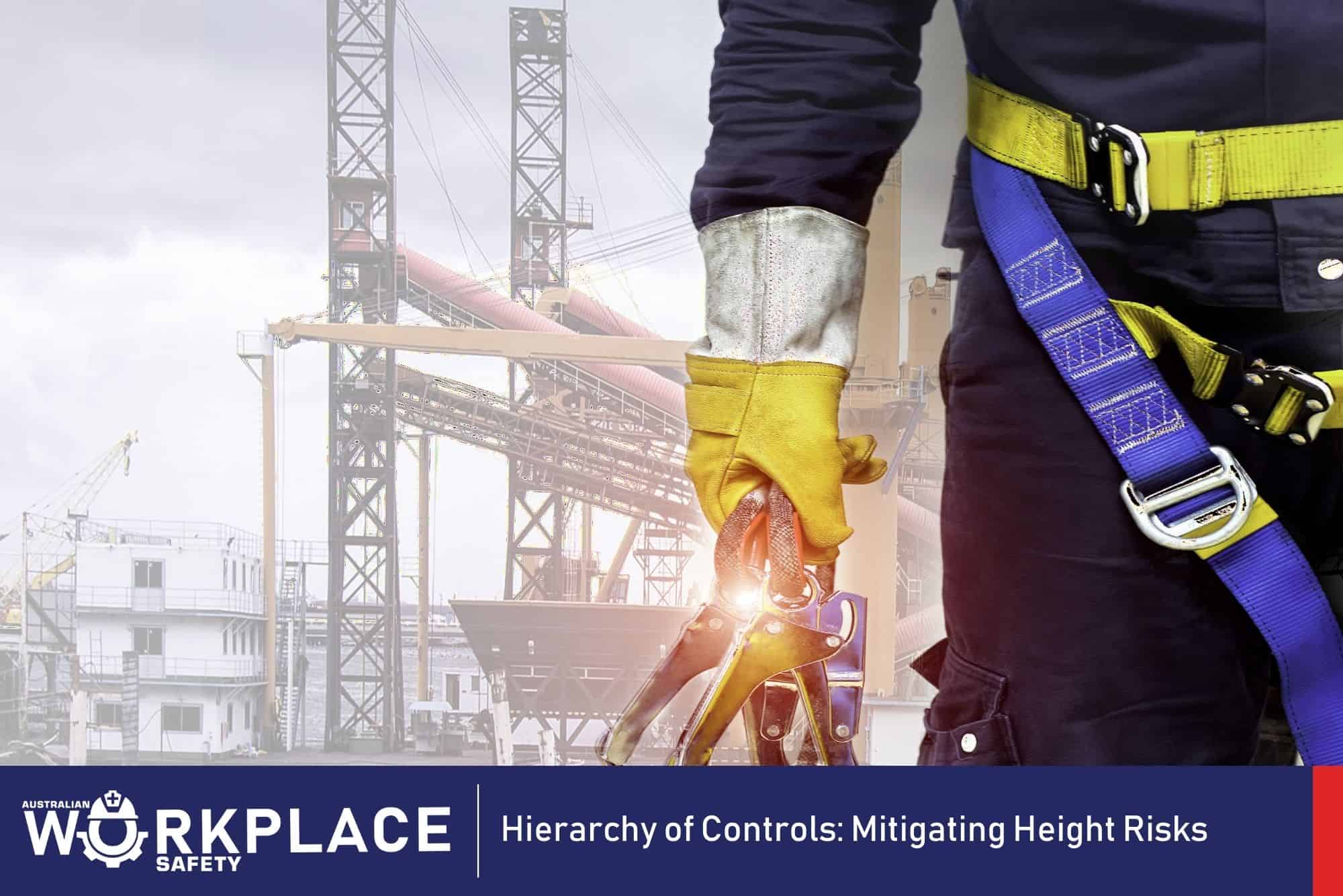
Hierarchy of Controls: Mitigating Height Risks
The hierarchy of controls is a fundamental framework for managing risks associated with working at heights. It prioritises various strategies based on their effectiveness in minimising hazards. These controls, listed from most to least preferred, include elimination, substitution, engineering controls, administrative controls, and personal protective equipment (PPE).
Elimination and Substitution
The most effective way to mitigate risks is to eliminate the need to work at heights altogether. If that’s not possible, substitution involves replacing high-risk tasks with safer alternatives. For instance, using extended-reach tools instead of ladders can reduce the need to climb.
Engineering Controls
Engineering solutions involve modifying the work environment to make it inherently safer. Installing guardrails, safety nets, and elevated work platforms are examples of engineering controls that prevent falls.
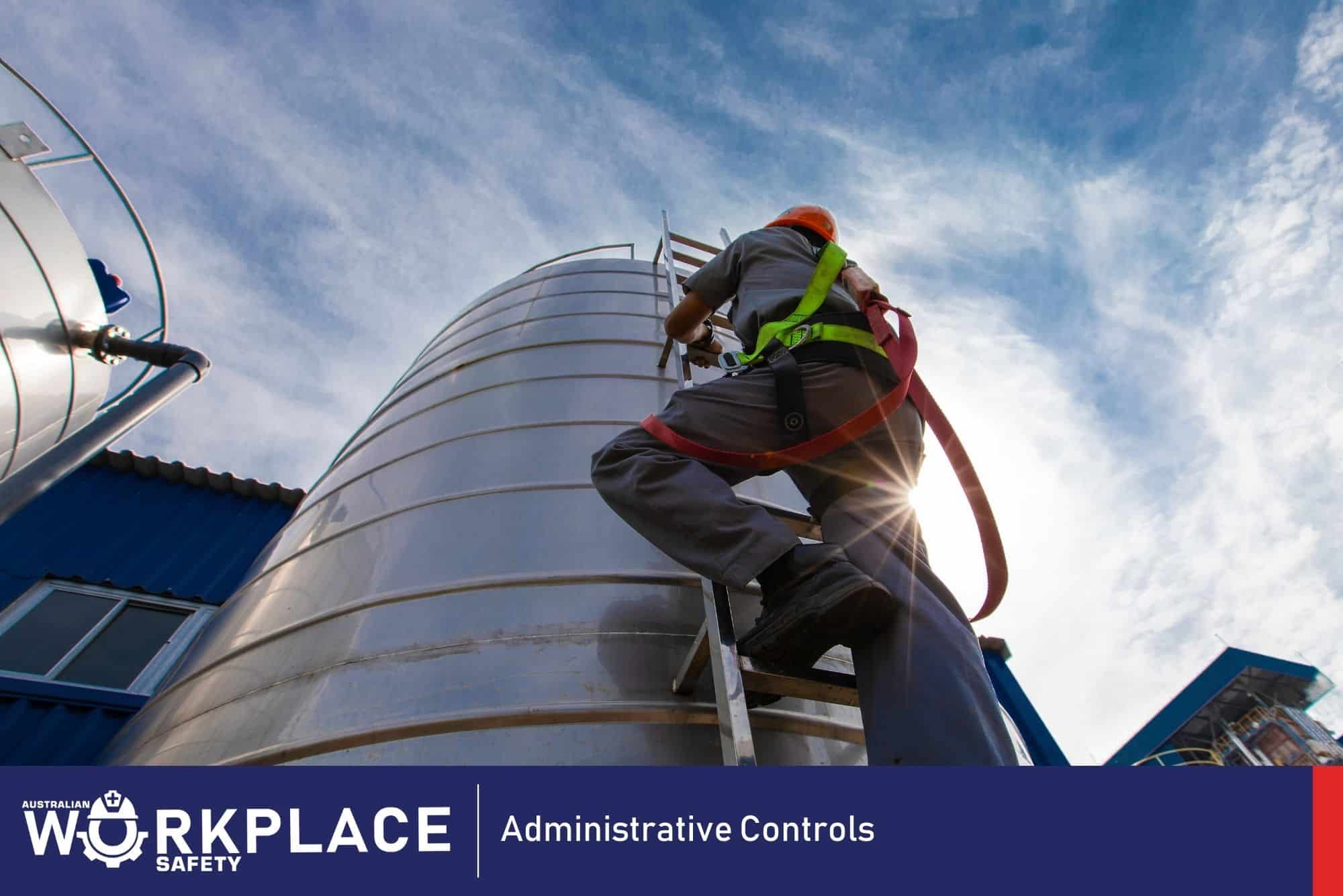
Administrative Controls
These controls focus on altering work procedures and practices. Measures such as setting clear work procedures, providing comprehensive training, and implementing strict supervision can enhance safety.
Personal Protective Equipment (PPE)
PPE, such as harnesses, helmets, and non-slip footwear, provides a final layer of defence against falls. However, it should be considered a last resort, used only when other controls are not feasible.
Training and Competency
Equipping workers with the necessary skills and knowledge is pivotal in preventing accidents when working at heights. Proper training ensures that employees are competent in using equipment, following safety procedures, and identifying potential hazards. Employers must provide comprehensive training tailored to the specific tasks and equipment involved. Regular refresher courses also help reinforce safe practices and keep workers up-to-date with the latest safety standards.
Equipment Selection and Inspection
Choosing the right equipment for working at heights is a critical decision that directly impacts safety. Employers must select appropriate tools and machinery based on the task’s requirements. Regular inspections and maintenance are imperative to ensure equipment remains in optimal condition. Most importantly, faulty or damaged equipment should be immediately removed from service and properly repaired or replaced.
Weather Considerations
Australia’s diverse climate introduces an additional layer of complexity when working at heights. Adverse weather conditions, such as strong winds, rain, or extreme heat, can significantly amplify the risks. It’s essential for employers and workers to monitor weather forecasts and suspend work if conditions become hazardous. The safety of workers should always take precedence over work deadlines.
Effective Communication and Collaboration
Open communication and collaboration between all parties involved in working at heights are vital. Employers, workers, supervisors, and safety officers must work together to ensure that safety protocols are understood and followed. Clear communication channels should be established to report any safety concerns, near misses, or incidents promptly. Regular meetings and toolbox talks can facilitate discussions on height safety and address any emerging challenges.
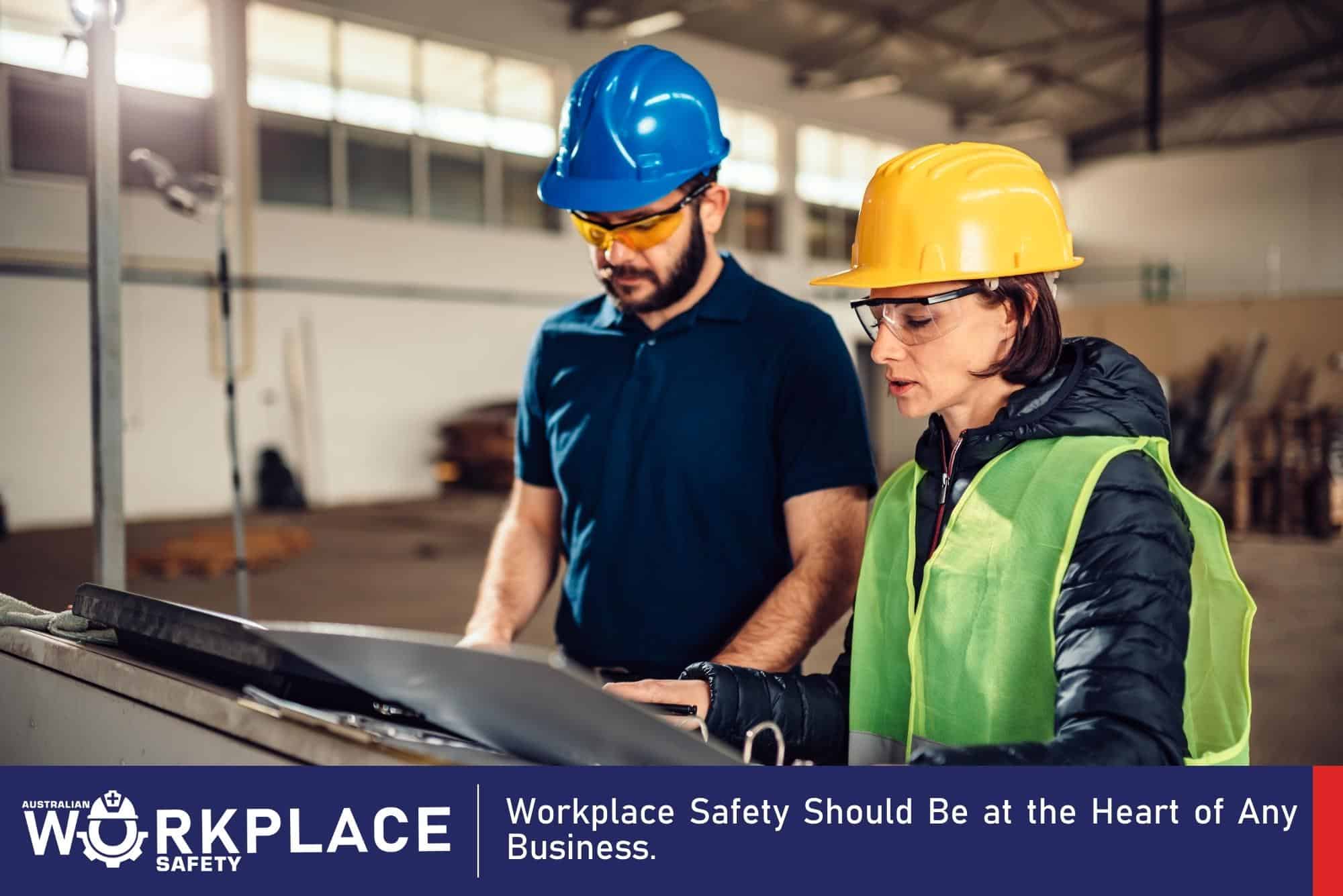
Workplace Safety Should Be at the Heart of Any Business.
Working at heights but it comes with significant risks that demand careful attention and adherence to safety guidelines. Regardless of the nature and demands of work, every company should prioritise employees’ safety and ensure to mitigate the risks and create a safer work environment. By valuing the lives and well-being of workers and prioritising height safety, Australian workplaces can strive for accident-free operations and foster a culture of diligence and responsibility.
